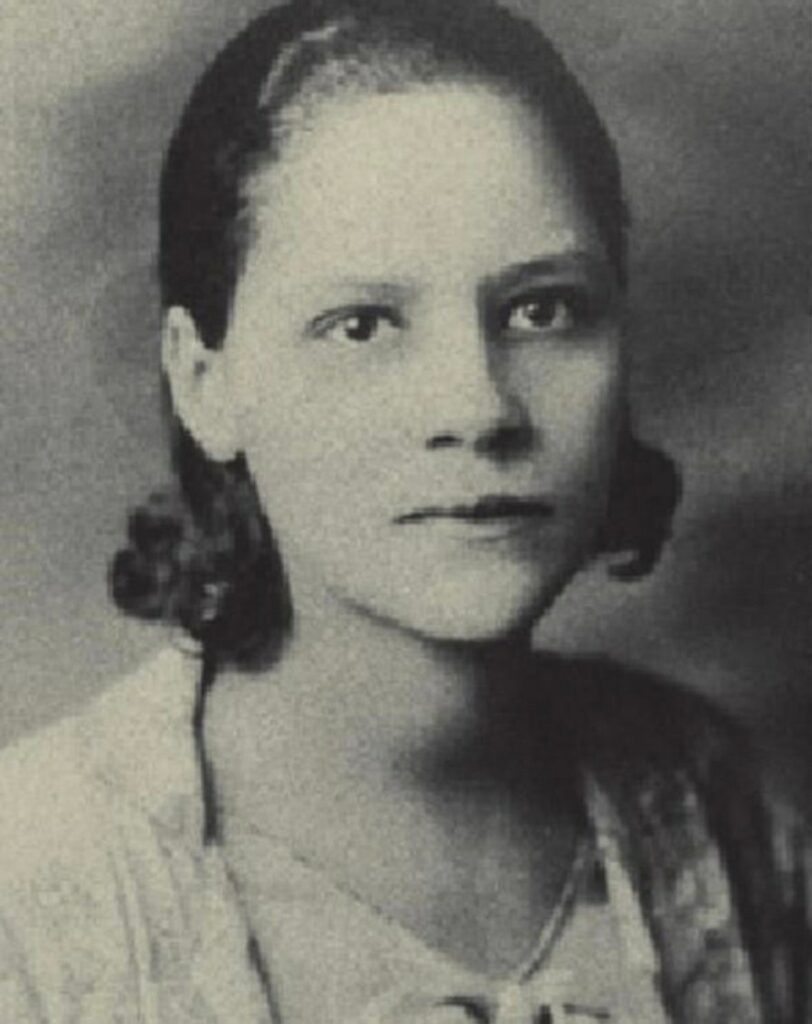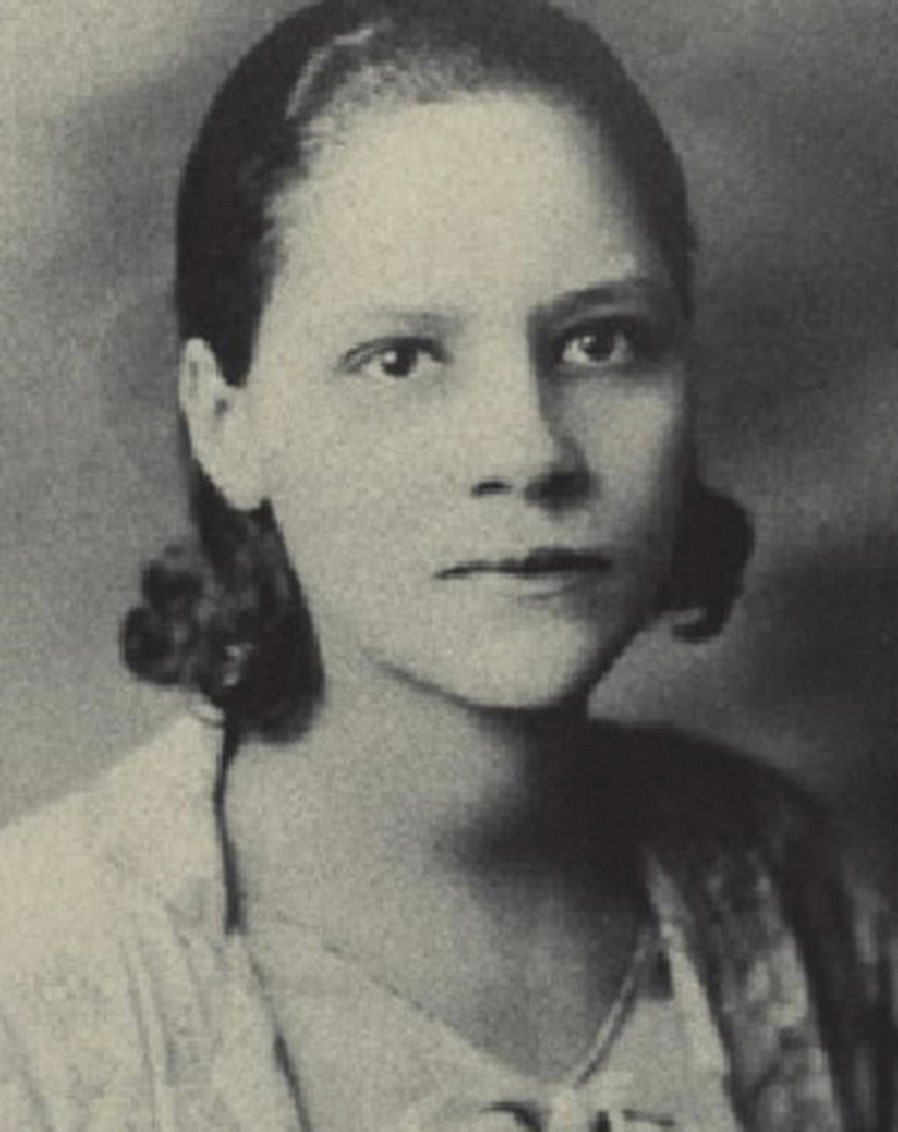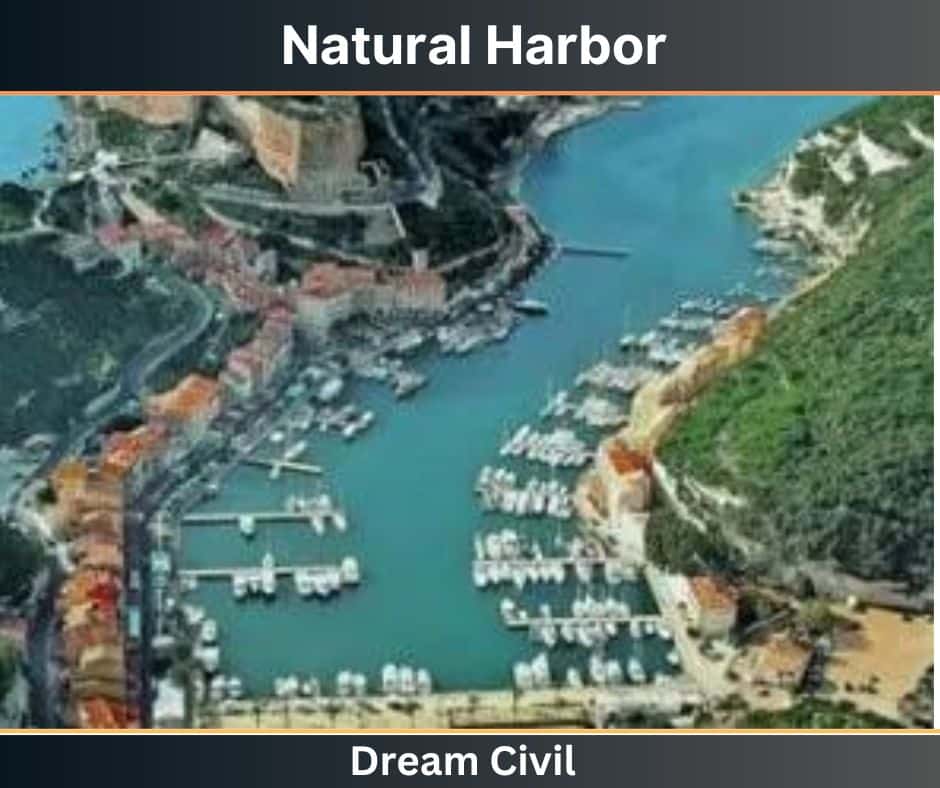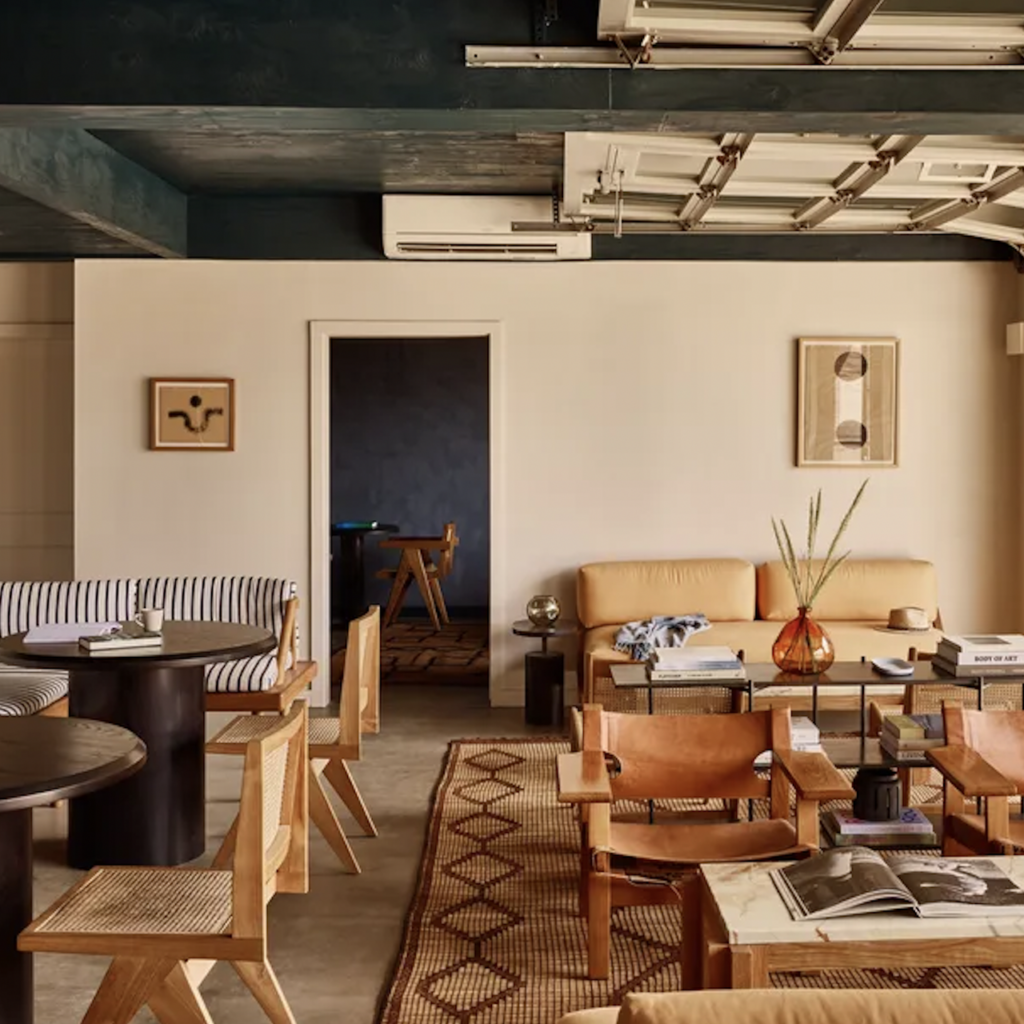Amaza Lee Meredith: Black Queer Architect Laid the Groundwork for the “Black Hamptons”

This post was originally published on this site
When Amaza Lee Meredith first dreamed of becoming an architect, there was essentially no one in the field she could look to as a role model. Despite her father’s occupation as a carpenter, her station as a Black woman in turn-of-the-20th-century Virginia put Meredith in a much different position from her dad, who was white. But even with the myriad challenges laid in her path as a child in the Jim Crow South, Meredith still went on to become a pioneer of her profession, laying the foundation for the coastal community of Sag Harbor to blossom into a Black safe haven. Her work in the eastern Long Island area is explored in a new podcast episode from the Beverly Willis Architecture Foundation’s New Angle Voice, which details both Meredith’s contributions to the village that came to be known as the Black Hamptons as well as the difficulties she was forced to navigate as a Black queer woman who lived authentically—despite the fraught times she was born into.
The episode, entitled “Amaza Lee Meredith: Love and Home,” was released last week as part of a series covering prominent women in architecture over the years, including Julia Morgan and Natalie de Blois. While Meredith is not a household name among architecture buffs, the well-known Sag Harbor is in large part her legacy. That’s why it was so crucial for Cynthia Phifer Kracauer, the Beverly Willis Architecture Foundation’s executive director, to spotlight the architect and give her due credit decades after her 1984 death.
“Her story, as it continues to unfold with time, is a point of inspiration for those who have been lucky enough to discover it,” Kracauer says of the underappreciated architect. “The homes and communities that Amaza Lee Meredith helped establish provided a sense of joy and pleasure to those at a time when this wasn’t always possible.”
For much of the 20th century, there were countless barriers in place preventing Black people in the US from vacationing safely. Segregation and discrimination provided few escapes for African Americans, many of whom were prevented from even reaching beaches by redlining initiatives, such as low underpasses that buses carrying urban Black residents couldn’t drive through. Hostile architecture, though insidious, was far more subtle than other difficulties Black people faced in their search for summer recreation; attacks on racial minorities at public pools meant, for many, that attempts to simply go swimming would mean threats to their physical safety. A number of hotels and beaches barred Black people from entry altogether. While so much of the rest of the US met them with derision, the beachfront community of New York’s Sag Harbor presented an opportunity.





Responses